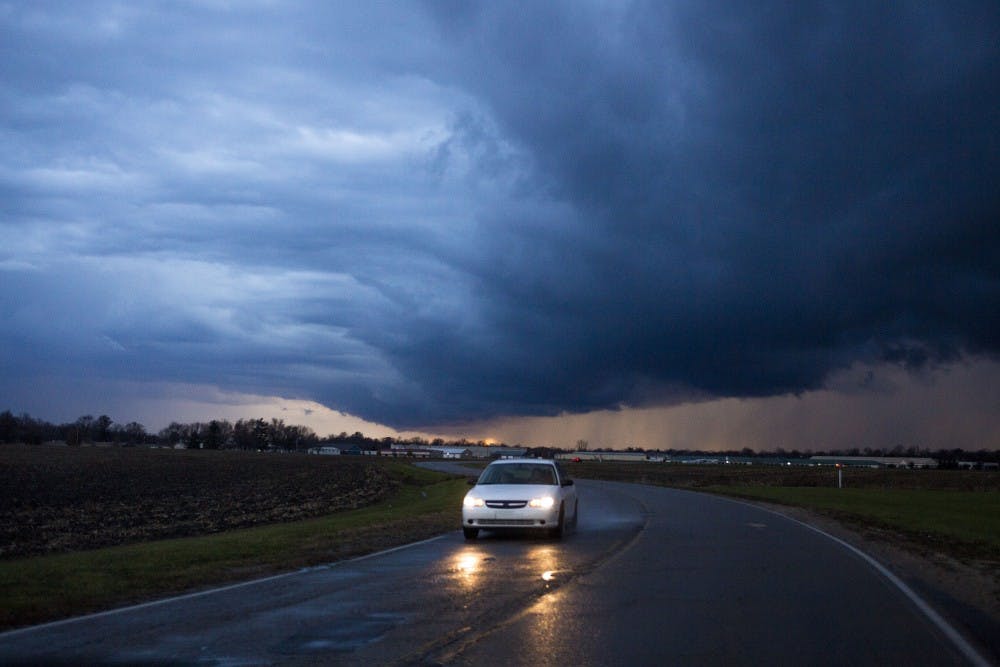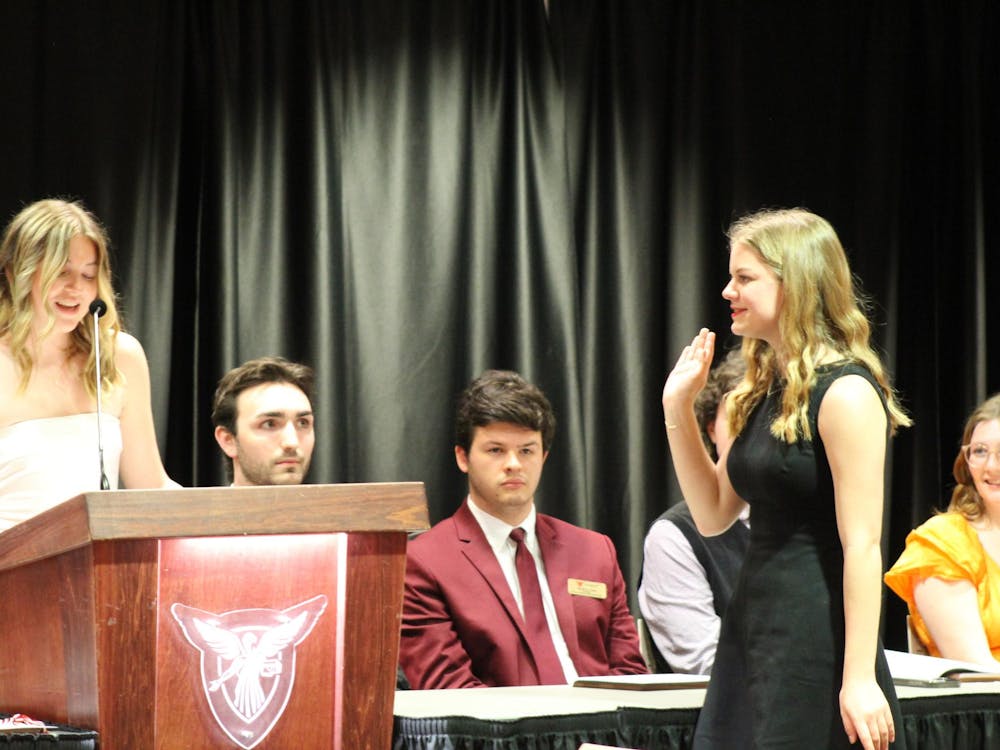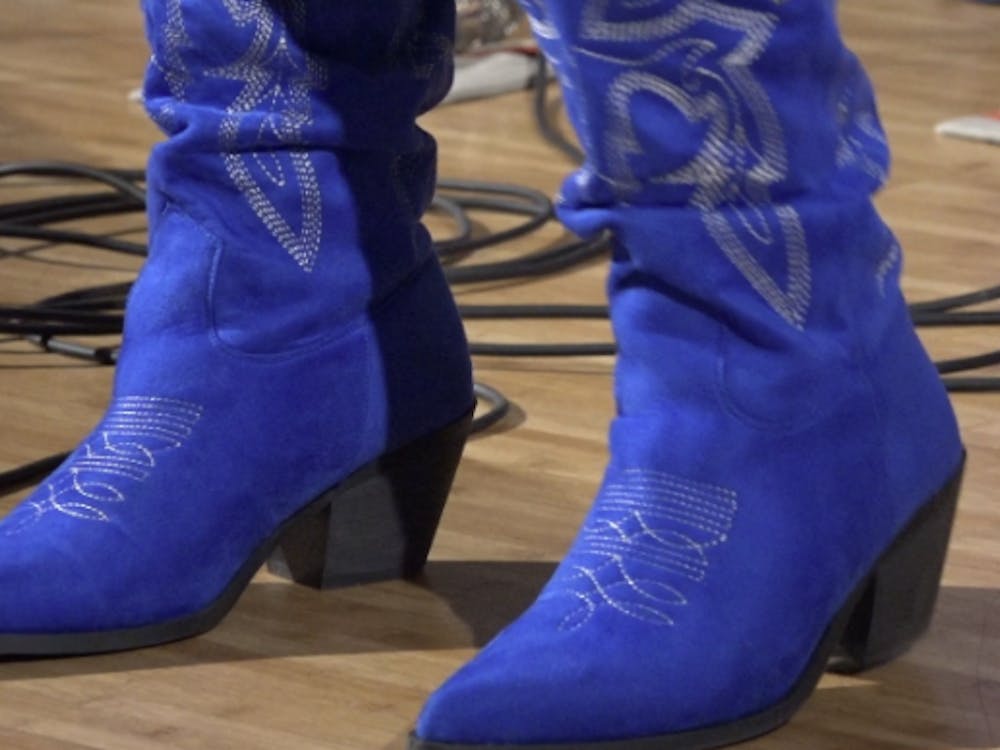Role of myths:
• Myths can help comfort people, such as the safety connotation of the Muncie tornado myth
• Myths can convey valuable information in an interesting way
• Myths kept old ideas alive before written communication became popular
Source: Chris Shea, a professor of classics
Muncie’s supposed lack of tornadoes has been attributed to Indian roots and luck, but some experts explain Delaware County is no exception to twisters.
Cailin Murray, an associate professor of anthropology, said she heard the myth that Chief Munsee blessed the area to keep severe weather away when she first came to Muncie.
“I was very concerned about tornadoes coming from the Pacific Northwest,” she said. “And so when I got here I would ask people, ‘Do tornadoes ever hit Muncie?’ They would say, ‘Well, you work with Native Americans and you should know this, that there’s this old myth about Chief Munsee.’”
Murray said what’s truly funny about the myth is how widespread it is.
“People have this story all over the Midwest, that [tornadoes] will hit everywhere else, but they will never hit our town because of some sort of ancient Indian belief,” she said.
Muncie may not be as safe as the fables suggest, though. Almost 20 tornadoes have been reported in Delaware County since 1950, including three in Muncie in the last 15 years — in 2002, 2003 and 2010, according to the National Weather Service.
A Facebook page, “I survived the BSU Tornado 2010,” gathered more than 2,000 likes after a storm in October 2010 with the description, “Bad Weather Redefined.”
Another myth about tornadoes in Muncie is that the White River diverts severe weather because of its path, but this has been busted, too.
“A small bend in a river isn’t significant compared to the scale of a tornado,” David Call, an assistant professor of geography, said.
He led the Ball State Storm Chasers, an immersive learning class that trains students to monitor and predicts storms.
Overall, Call believes the tornadoes don’t hit Muncie as much because the city is a small target.
“I think we don’t really tend to conceive how big the target area is that tornadoes can hit,” he said. “It’s like throwing darts at a board, and Muncie’s a relatively small target. … That doesn’t mean it won’t get hit, but that means it should have a fairly long period without getting hit.”
Murray also agrees that the blessing of Chief Munsee is a just a myth, but for different reasons.
“My feeling on it is that people want to tell those kinds of stories because of the ongoing concerns settler societies have with colonialism and their relationship with Native Americans and Indian removal,” she said. “Maybe people would like to believe that the Native Americans who were removed from here liked them enough to do that for them, but hard to believe.”
Even the man in the myth has been called into question. Karen M. Vincent, the director of collections at the Minnetrista Cultural Center, said the fabled Native American never existed in her blog post from Aug. 22, “There Wasn’t a Chief Munsee. Really, There Wasn’t.”
When it comes down to it, these experts agree — myth busted.





